Las Salinas of Puerto de Mazarrón
Abandoned tunnels dug for the once-thriving sea salt industry on the coast of southern Spain.
At one time, the salt business along the coast of Puerto de Mazarrón in southern Spain was a thriving enterprise, reaching its peak in the early 20th century. In order to get clean seawater, the manufacturers needed to avoid the beach itself, so they tunneled through a rocky headland to reach deeper, where it would be sediment-free. Those tunnels, now abandoned, are still walkable today.
Back when las salinas (the saltworks) were in use, the water was pumped in and linked to a canal, then channeled onto evaporation pans where the heat of the sun did the job, drying up the H₂O and leaving behind high-quality sal de marina. You could call it one of the earliest solar-powered businesses.
Back in the days of pumping and drying, the machinery could be heard up and down the beach, earning the rocky point its nickname of “Pim-Pam.” Today the pumps and pans are long-gone, and all that remains are the tunnels and the first section of the old canal. Hand-harvested Spanish sea salt still makes its way into specialty and gourmet shops. In fact, Pim-Pam might make a good label.
Know Before You Go
The old salt tunnels are along the beach just off the traffic circle at Av. D. José Alarcón Palacios and Via Axial, on the west side of Mazarrón. There is an information board at the break in the fence to guide you to the right spot.
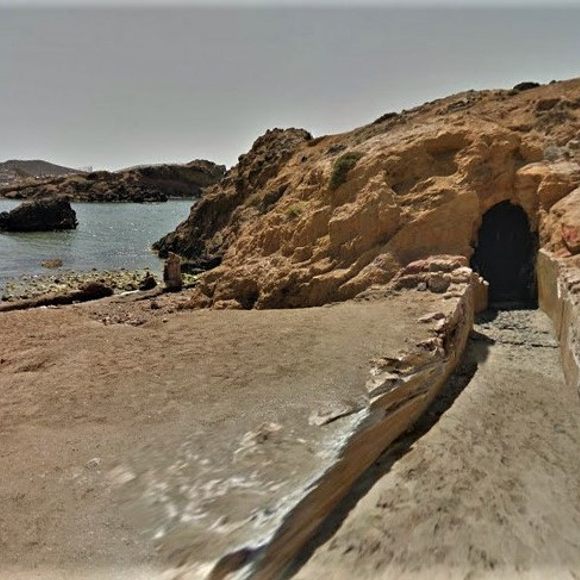






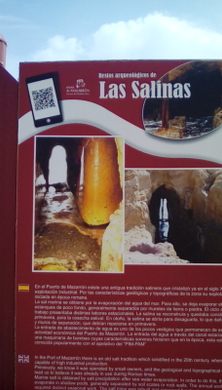


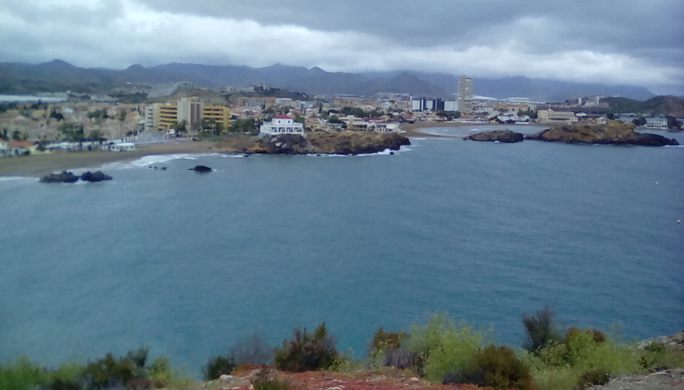



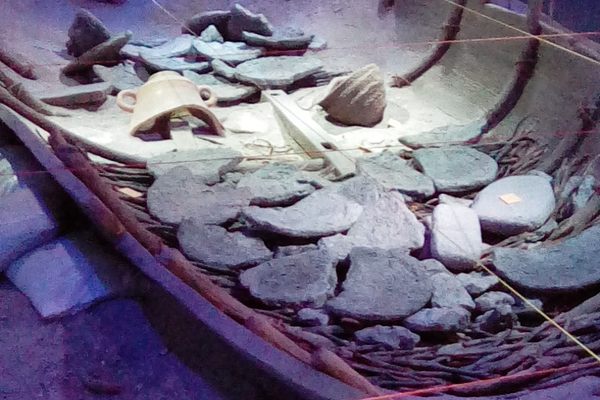


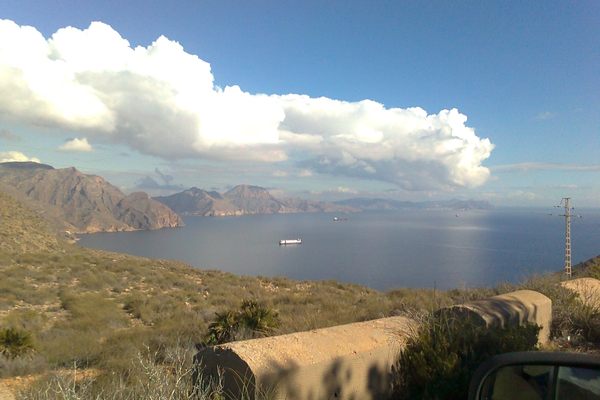
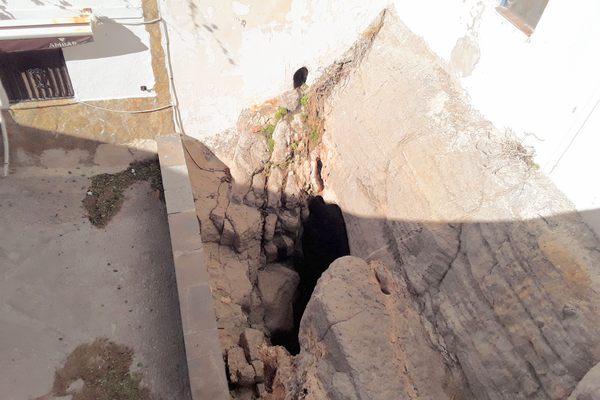
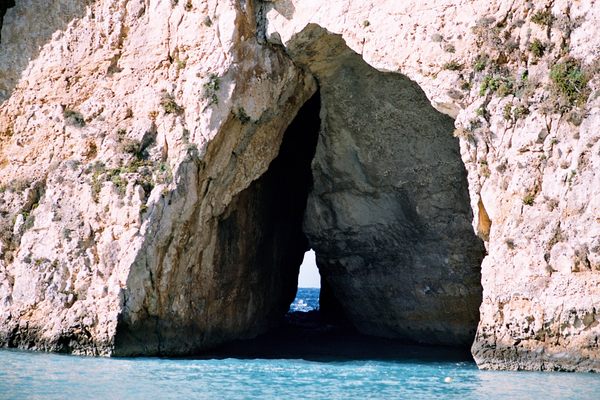
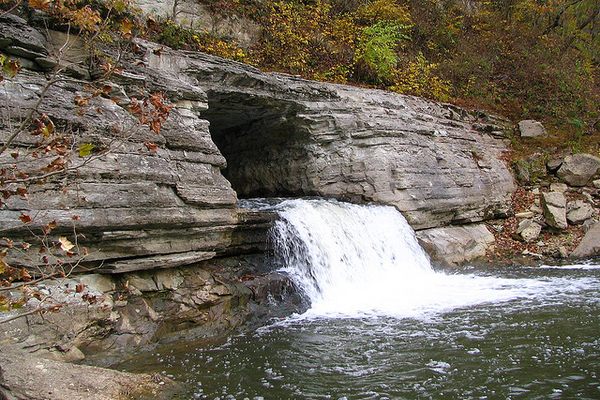


Follow us on Twitter to get the latest on the world's hidden wonders.
Like us on Facebook to get the latest on the world's hidden wonders.
Follow us on Twitter Like us on Facebook